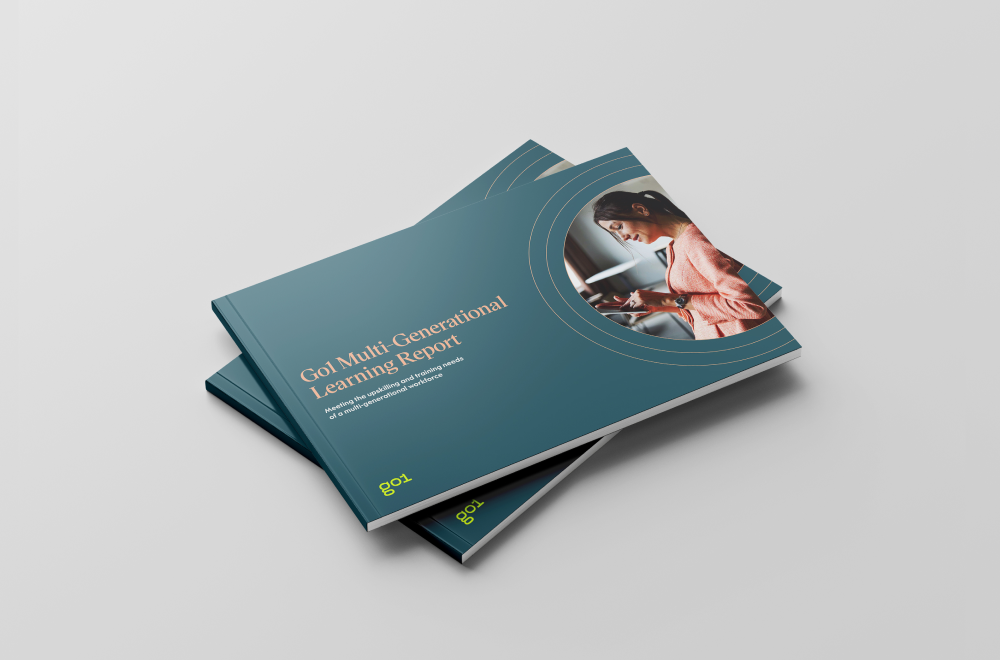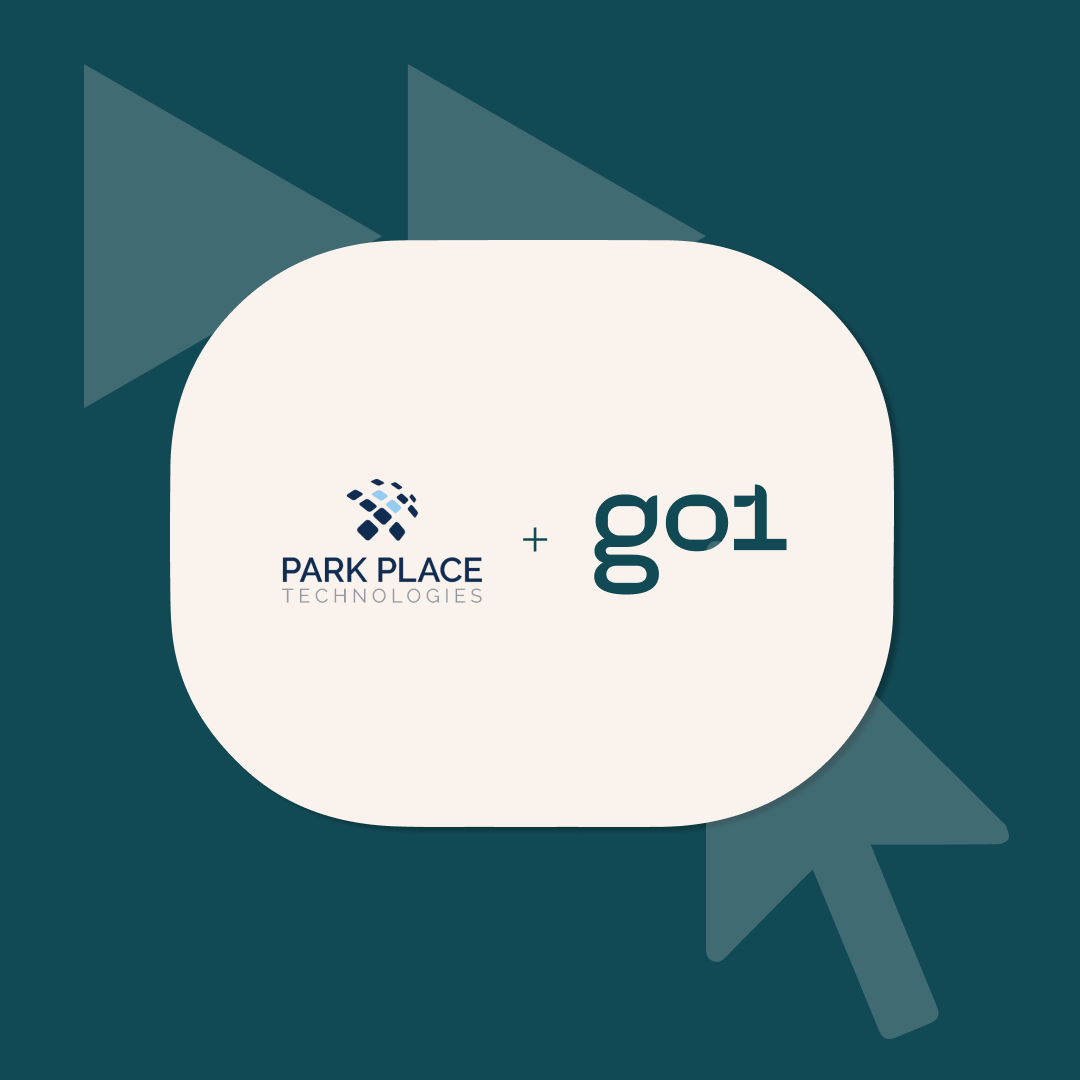
Top 3 courses for promoting diversity in the workplace

We live in an increasingly diverse society, which is reflected in our work environment. So it’s important to promote a culture of equality, inclusiveness and diversity in the workplace.
At work, all employees have the right to equal treatment and equal opportunity. And under employment laws, it’s illegal to discriminate against staff on the grounds of gender, race and ethnicity, disability, religion, sexuality, class and age.
If you’re an employer or manager, take a realistic look at your organisation: how are you working to promote a positive and diverse work culture? Are you fostering a sense of belonging for staff, across all cultures, religions and backgrounds?
Businesses perform better when individuals feel included. When employers show that they are strongly committed to supporting diversity, it leads to a far more open, respectful and inclusive organisational culture and work environment for all.
Learn more about promoting cultural diversity in the workplace with our top three online courses.
Equality & Diversity in the Workplace
Through this eLearning course, you’ll look closely at the issues around equality and diversity in the workplace.
You’ll learn what the ‘equality’ and ‘diversity’ really mean, and how the terms differ – and why that’s important.
You’ll also learn how a diversity policy can help your organisation to work within guidelines and avoid discrimination. And see how important it is to have legislation in place to foster an inclusive working environment.
As the instructor reinforces, “any form of ‘difference’ should never prove to be an obstacle in career progression or indeed getting a job in the first place.”
The course also gives clear and interesting examples of direct discrimination, indirect discrimination, associative discrimination and perception discrimination. You might think you’ve got a handle on discrimination, but do you know the difference between those terms?
You’re sure to learn something from this insightful course, allowing you to help promote a more positive and inclusive culture within your own organisation.
Equality and Diversity
Similar name to the course above, but this course is targeted specifically towards employees working in the health and social care sector.
It’s really important that people who are working in these environments, providing care and support to others, treat all individuals fairly and equally. If you’re a health and social care worker, it’s vital that you recognise this and practice it in your daily work.
As this course highlights, “it’s everyone’s responsibility to create an environment that is free from discrimination.”
You can reduce discrimination in your work by valuing diversity. Working in ways that promote equality, diversity and inclusion ensures that care is fair and individuals are not discriminated against. The course encourages employees to support individuals in a “person-centred way.”
A particularly interesting take-away from this course is their explanation of the definition of “equality.”
Do you consider equality to be treating all people in the same way? This is a common viewpoint. But as the course instructor explains, equality is more about “treating people equally, according to their individual needs.”
In a work environment, this can be seen in buildings with disabled access. And information being available in different formats and languages.
Therefore, equality is about striving to ensure that everyone is given equal opportunity, with their individual differences taken into account, to provide fair and equal treatment – in other words everyone is given the same chance.
Unconscious bias
This online course has been designed to “awaken your understanding of the unconscious.”
Most people these days will consider themselves to be unbiased. But as you’ll soon find out through this course – and which could be a shock to some of you – the human brain is hard-wired in a way that allows unconscious bias.
And this unconscious bias influences our actions, decisions and thought processes every single day.
“When we see someone, whether we think about it or not, we are automatically making judgements about them,” the instructor explains. And unfortunately, “the subtle assumptions we make about people can have lasting effects on who we’re promoting, who we’re hiring, and who we’re putting in leadership positions.”
This course can help you learn how to mitigate the impact of unconscious bias, through raising awareness and developing a more mindful approach at key decision-making times. Much like learning to avoid a dangerous blind spot when driving.
You’ll be shown case studies that demonstrate how unconscious bias can impact organisations that are actively trying to avoid discrimination. And you’ll see how different groups and individuals are affected by this.
Most importantly, you’ll learn to become more aware of your own biases, and how they impact your work life. If you work in a management, recruitment, or assessment role, it’s vital you take this course. But all employees are sure to find it interesting!
For more insights, subscribe to the Go1 newsletter to stay on top of all the latest L&D trends. Or, you can book a demo today to find out how Go1 can help with your team’s learning needs.



